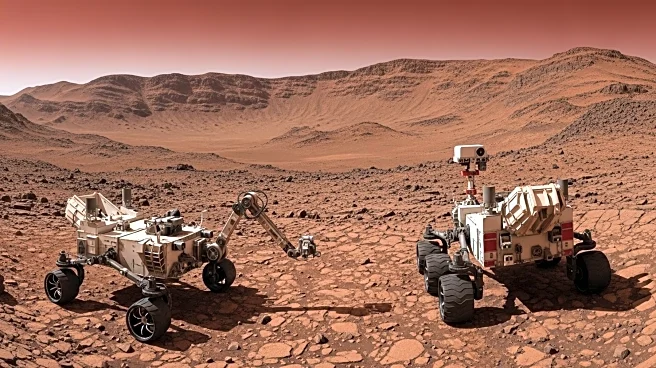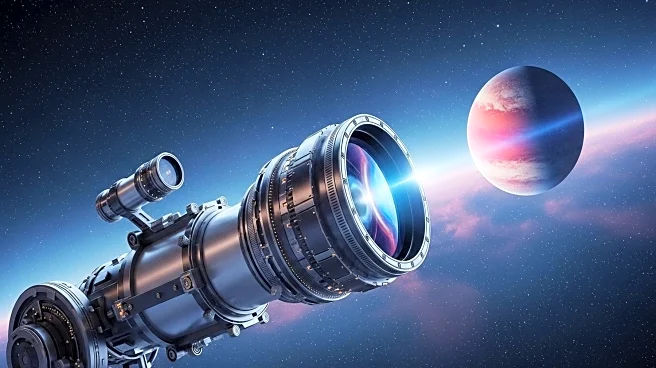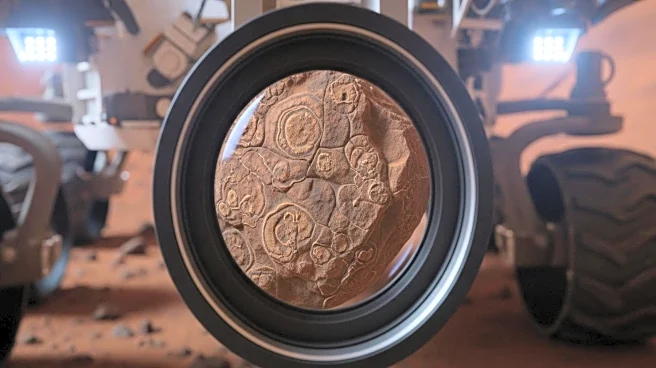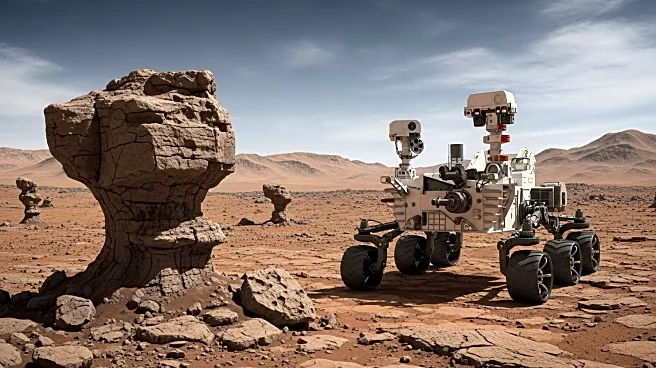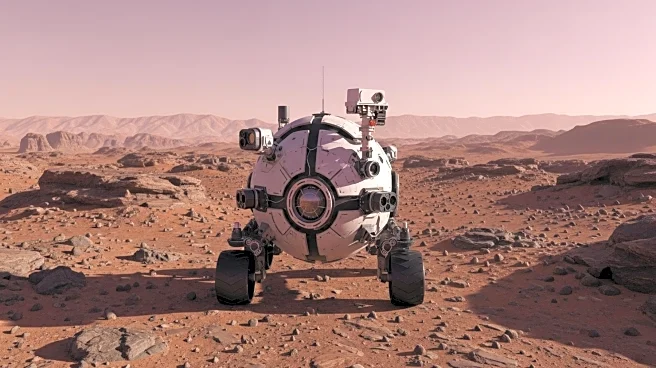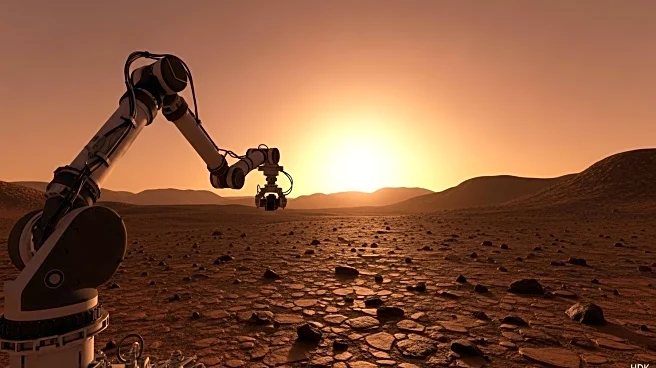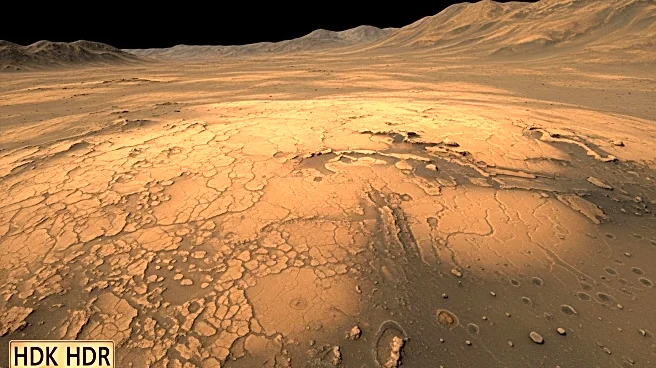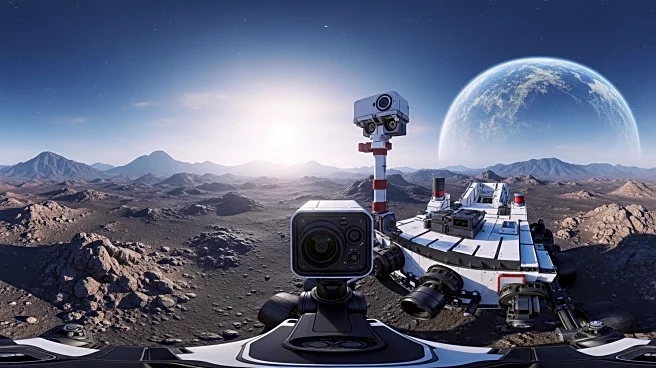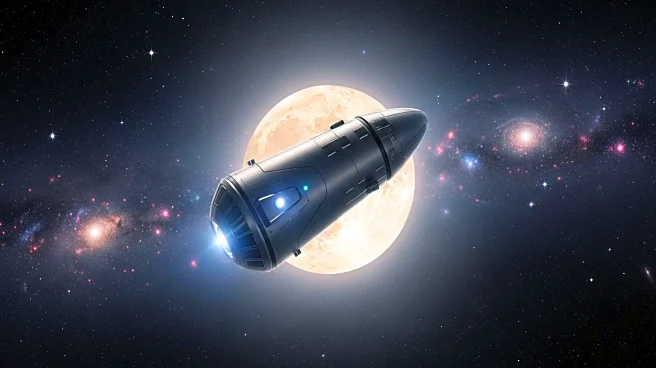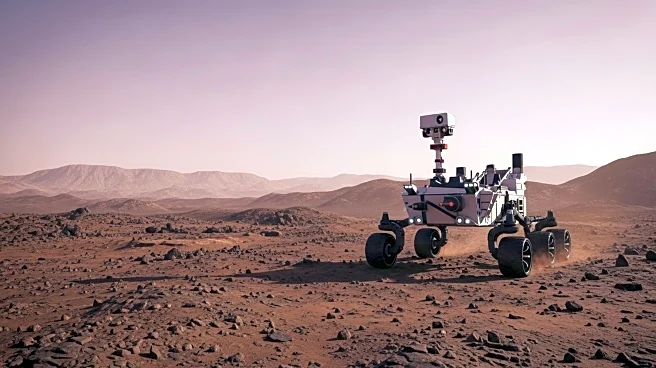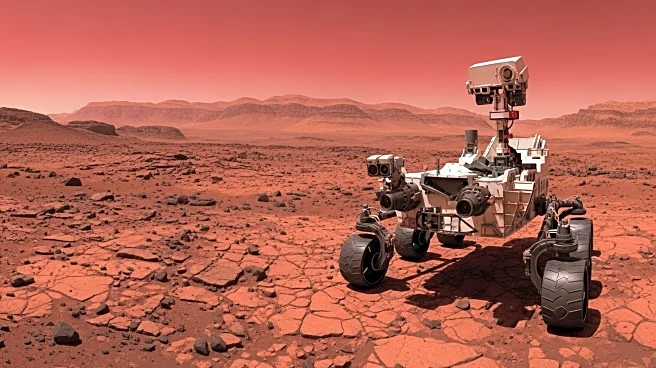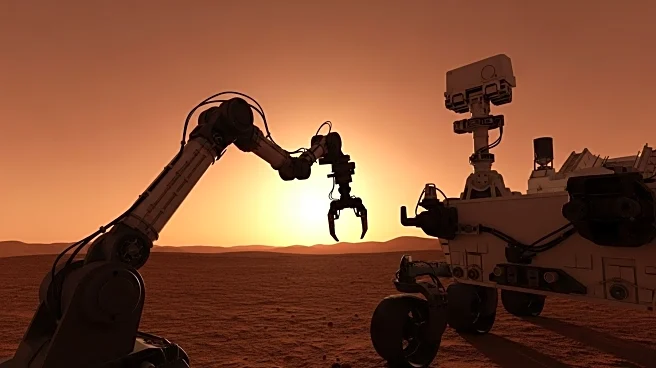What is the story about?
What's Happening?
NASA's Curiosity rover is conducting a detailed study of the boxwork terrain on Mars, characterized by pronounced ridges and hollows. The rover is documenting textures, structures, and compositions to understand the geological processes that formed these features. Recent activities include analyzing smoother bedrock and more nodular formations, with a focus on the transition between these types. The rover's instruments, including MAHLI, Mastcam, and ChemCam, are being used to capture images and analyze the chemistry of the terrain.
Why It's Important?
The study of Martian rock formations provides insights into the planet's geological history and the processes that have shaped its surface. Understanding these formations can help scientists learn more about past water activity on Mars, which is crucial for assessing the planet's habitability. The findings from Curiosity's investigations contribute to the broader goals of Mars exploration, including the search for signs of past life and the preparation for future human missions.
What's Next?
Curiosity will continue its exploration of the boxwork terrain, with plans to drill into one of the ridges to gather more data. The rover's ongoing mission will focus on capturing additional images and conducting further chemical analyses to enhance our understanding of Martian geology. These efforts will inform future missions and the potential for human exploration of Mars.
AI Generated Content
Do you find this article useful?


